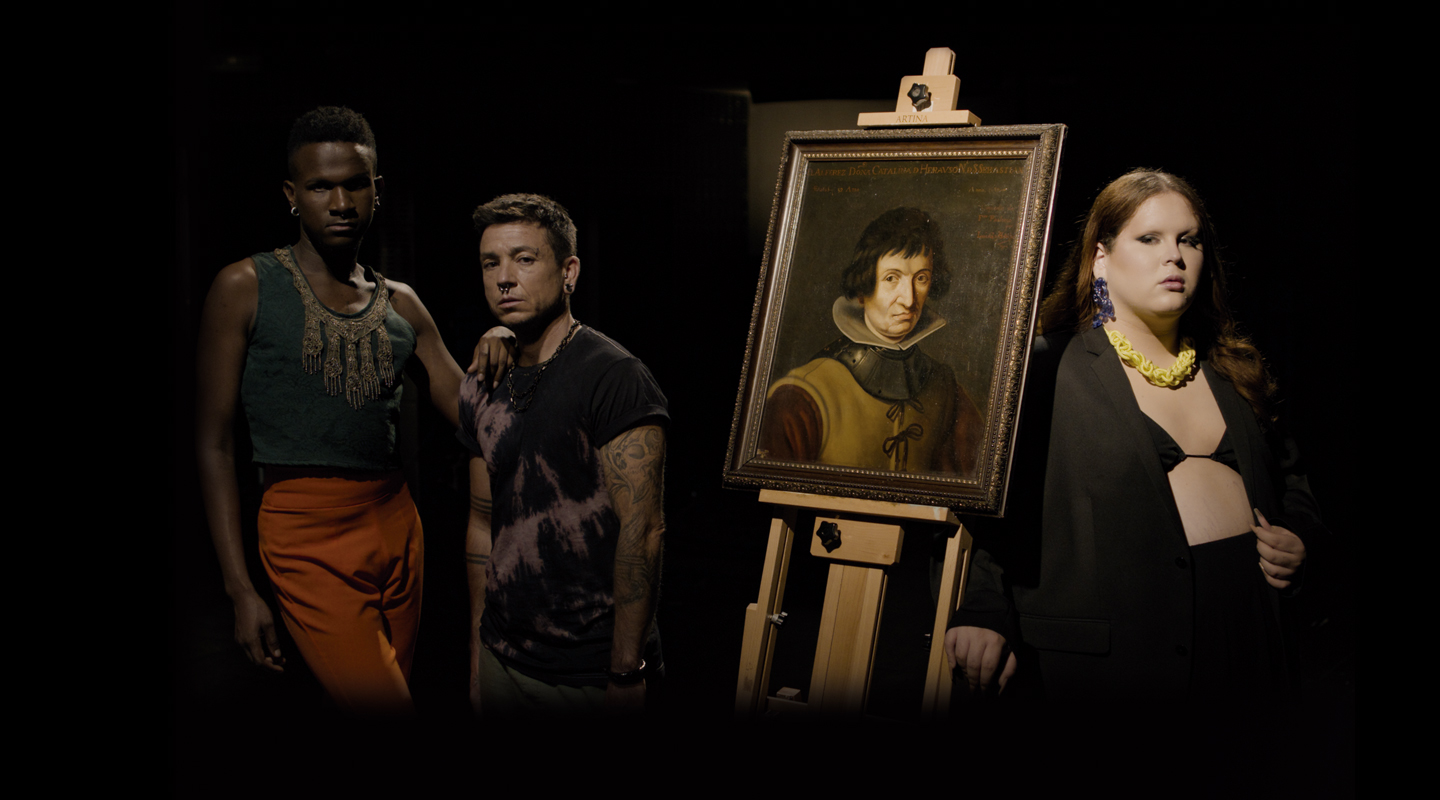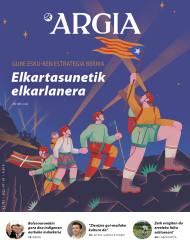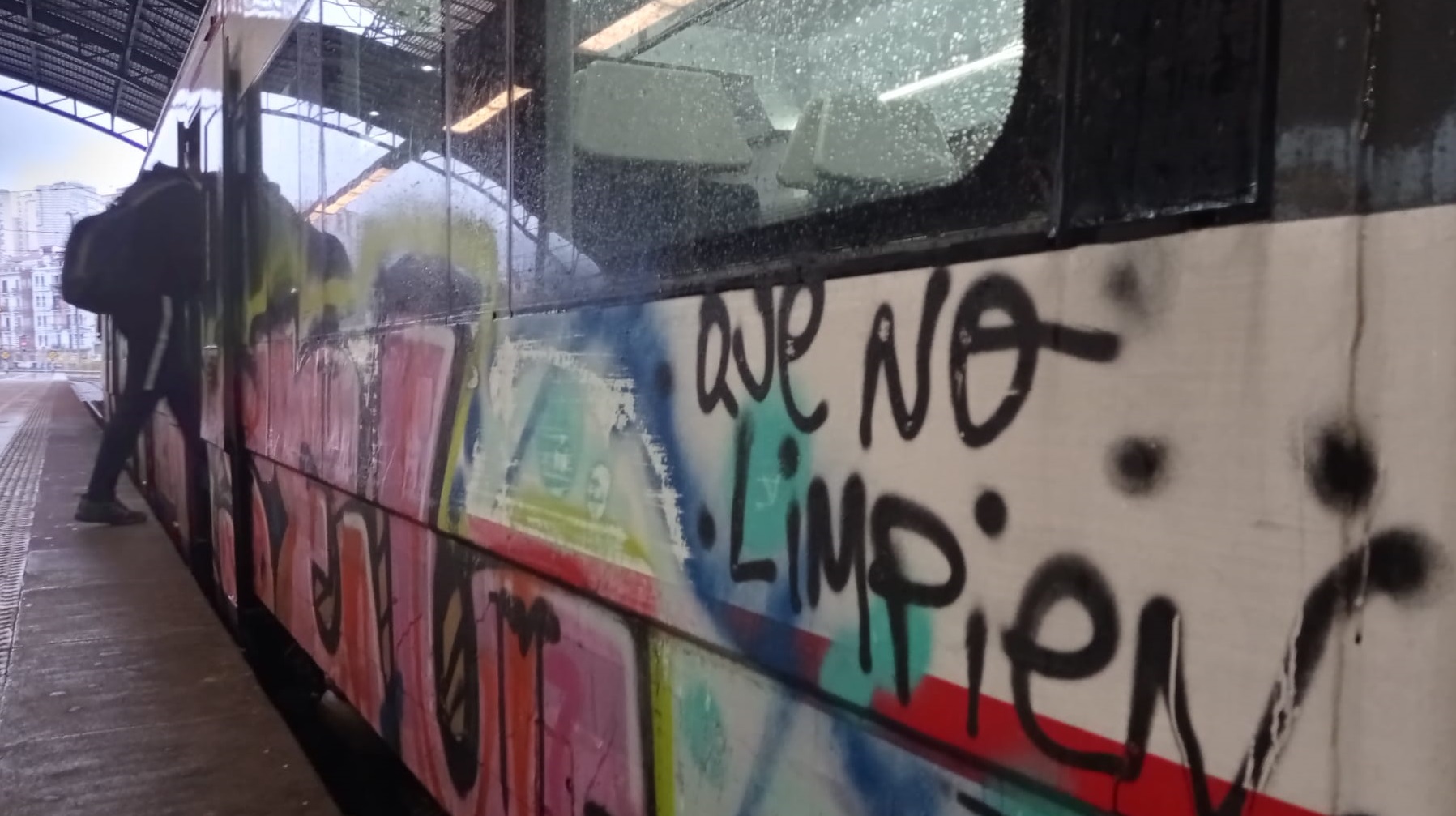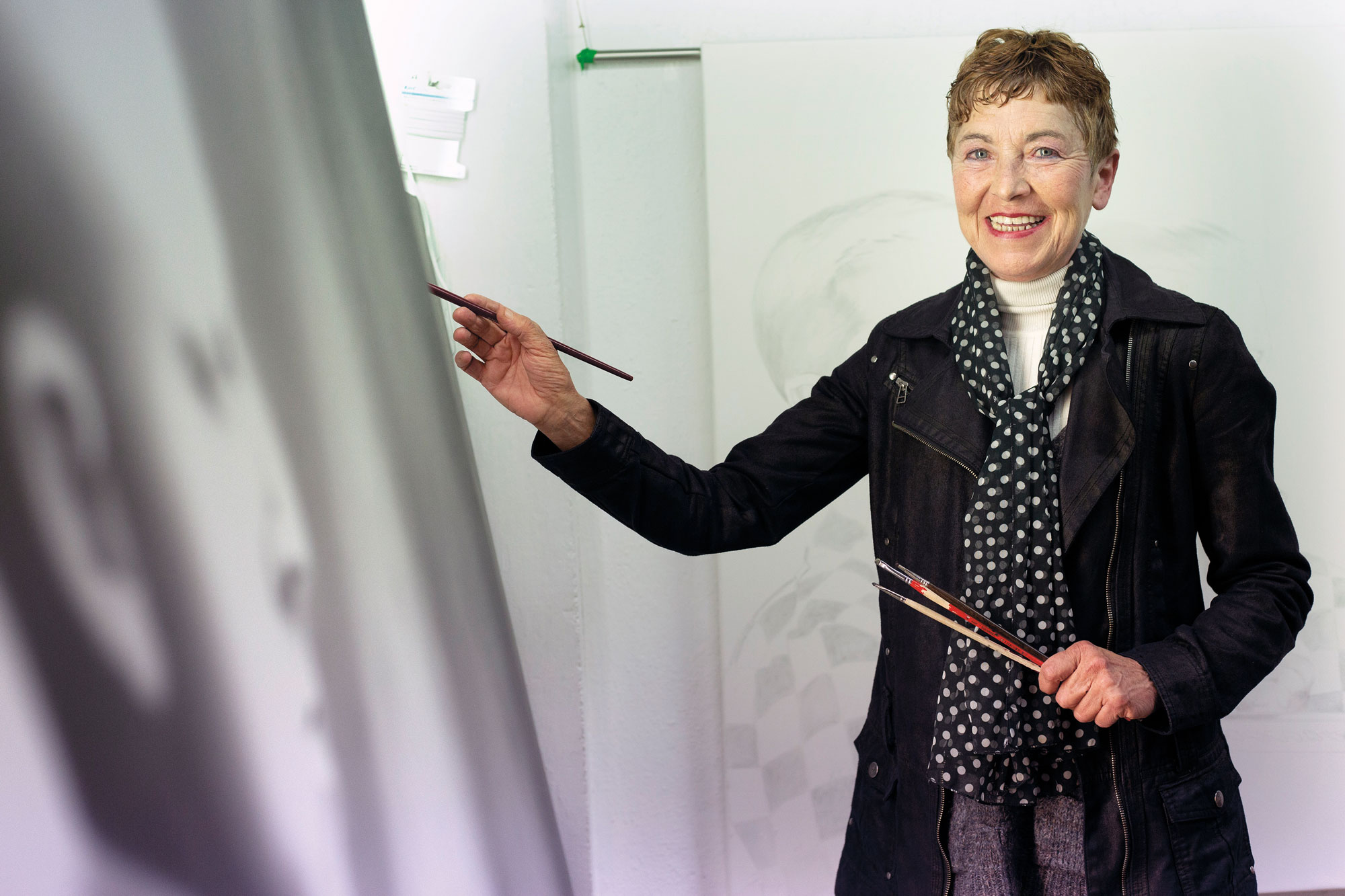A Trans Genealogy
- The painter Juan van der Hamen and León painted in 1625-28 the oil portrait of Catherine of Erauso. In the portrait of a person also known as “bishop alférez”, Erauso is dressed in the uniform of that military position, with a metal breast shell of the time and a few marsh cloths. Lateral portrait, pale skin, medium hair and challenging look, with an expressive attitude of masculinity in the colonial baroque. At the top of the canvas you can read: “Doña Catalina de Herauso”. The artists Cabello/Carceller suggest in their exhibition in Bilbao that this painting could be the first “transa” portrait of art history.

In fact, the collective artist Cabello/Carceller (Paris, 1963/Madrid 1964) analyzed the figure of Catalina Erauso in the exhibition he presented in Alhóndiga Bilbao: A voice for Erauso - an epilogue for a trans time. Artists Paul B. It is a project carried out in collaboration with the philosopher and writer Preciado, who has carried out commissariat tasks. Cabello/Carceller has been working together since the 1990s, working the practice of art from a queer and nonbinary perspective, questioning the hegemonic forms of gender construction in visual practices and building alternative and critical narratives. They perform performances, videos, photographs and combine their artistic practice with writing, conferences and workshops.
The exhibition they have prepared for Alhondegi revolves around the complex and enigmatic figure of Catalina Erauso. Erauso was born between 1585 and 1592 in San Sebastian, was assigned female and was called Catalina. According to the biographies that have been written about him, he fled the fashion convent dressed as soldiers and worked for the Spanish court as a second in the expansion of the dominions of the empire in Chile and Mexico. He left behind numerous deaths, among which he was accused of participating in the Mapuche genocide. Always hiding his femininity and showing a humble spirit, he asked the Pope for permission to wear male costumes and, after receiving his consent, he became Antonio de Erauso. Therefore, and seen from the eyes of today, Erauso is a figure that could be read as the precursor of gender transition practices.
The questions, problems and contradictions that this statement can bring are undoubtedly addressed in the audiovisual A voice for Erauso -epilogue for a trans time (2022) - central part of the exhibition. This video is a new production presented on two giant screens. In it, the protagonists are the three trans and non-binary people who question the historical portrait of Erauso: Tino de Carlos, Lewin Lerbous and Mambi. Through the abovementioned baroque portrait, sexuality, race, colonialism, dependency, exploitation of resources, violence, non-normative bodies, norms and laws are discussed and a polyhedral, coral portrait is drawn and updated to Eraus's potential. The three or the three directly interpell the soldier dressed as a man who appears in the painting, from today to a time of the past, and Eraus, through the voice and music of Mursego, responds with the repetition “deis Antonio” in a magnificent song.
The video is complex, rich in nuances, to see several times, as the potential of the text is enormous. It is also interesting to observe the current continuity of the journey that Eraus began in the seventeenth century. The video has the ability to dialogue two historical eras and invites us to speculate what Erauso would be like if he lived the day.
The exhibition consists of two successive rooms that present the practice of Hair/Carceller in multiple formats. But the bottom of the work is the same. In Lost in Transi_a performative poem (2016) we will see eight monitors scattered across space; television is the only sources of light in an absolutely dark space. There is a steep staircase in which many people are in transition to the descent of those levels, elegant, dubious, sexy, thematic. This work, which seems to be the interpretation of Nu descendant a No. 2 escalier by Marcel Duchamp, was recorded at the IVAM Museum in Valencia with the participants who responded to a call. The call stated: “Trans people, drags, genderfluid, genderqueen, queer, agjan… are sought to participate in a simple recorded performance.”
In the lateral room we will find a photo gallery, more specifically a gallery of contemporary portraits. It depicts portraits of women who were assigned female at birth, representing male roles in films that have marked a milestone in Western cinema: Rebel Without a Cause, in Marlon Brando The Godfather, in Brad Pitt Thelma & Louise, starring James Dean… Next to each photo a file is added, as if it were file documentation.
An extraordinary journey that brings us to many collections of the exhibition is covered by a felt curtain, a sturdy and opaque fabric that invites us to think that we have to create cracks to reach new meanings and witnesses of the opacity of history. Likewise, both the tour and the halls are dark, the spotlights and lamps used in the works are the only light sources that illuminate the spaces, and that darkness, in a way, has similarities with the dark portrait of Erauso. In fact, the lights and shadows of the past can hardly be solved today.
I liked the letter I found at the end of the journey. In the Donostiarra neighborhood of Amara there is a street called Catalina de Erauso. Cabello/Carceller and Preciado formally request that in their letter to the City Hall of San Sebastian the name of the street be changed and Catalina/Antonio de Erauso be designated. With this gesture, they want to demonstrate that the questions raised in the exhibition can also affect the mural landscape, questioning the patriarchal and binary denominations to overcome the obsolete narratives.
Preciado, in his speeches, insists that it is a museum more open and permeable to society than to academia. A voice in the exhibition for Erauso, once again, has managed to waste ideas and beliefs and open the way to more daring stories.
Behin batean, gazterik, gidoi nagusia betetzea egokitu zitzaion. Elbira Zipitriaren ikasle izanak, ikastolen mugimendu berriarekin bat egin zuen. Irakasle izan zen artisau baino lehen. Gero, eskulturgile. Egun, musika jotzen du, bere gogoz eta bere buruarentzat. Eta beti, eta 35... [+]
This text comes two years later, but the calamities of drunks are like this. A surprising surprise happened in San Fermín Txikito: I met Maite Ciganda Azcarate, an art restorer and friend of a friend. That night he told me that he had been arranging two figures that could be... [+]
On Monday afternoon, I had already planned two documentaries carried out in the Basque Country. I am not particularly fond of documentaries, but Zinemaldia is often a good opportunity to set aside habits and traditions. I decided on the Pello Gutierrez Peñalba Replica a week... [+]
























